Main Sail’s ‘Mullet & Mangroves’ tells story of Cayo Costa’s early pioneers
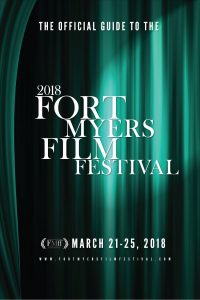 On March 23, the Edison & Ford Winter Estates and the Fort Myers Film Festival will present Mullet and Mangroves – The Pioneer Families of Cayo Costa on the historic Ford lawn. Directed by Ilene Safron of Main Sail Video, the film shows Cayo Costa Island through the eyes of the modern-day children of the island’s pioneering fishing families.
On March 23, the Edison & Ford Winter Estates and the Fort Myers Film Festival will present Mullet and Mangroves – The Pioneer Families of Cayo Costa on the historic Ford lawn. Directed by Ilene Safron of Main Sail Video, the film shows Cayo Costa Island through the eyes of the modern-day children of the island’s pioneering fishing families.
Cayo Costa Island is Florida’s largest unspoiled barrier island. Nine miles long by one mile across, the island’s white sandy beaches and 2,400 acres of pine and hardwood forests afford visitors the opportunity to swim, shell, camp, bike, hike and kayak in a peaceful setting. You can see a vast diversity of wildlife on the island, including alligators, 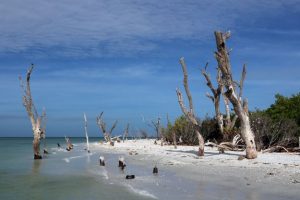 wild pigs, raccoons, armadillos, manatees, dolphins, sea turtles and a variety of sea birds. The waters are so rich in conch and fish, and at certain times of the year, visitors can even experience the phenomenon of bioluminescence as they wade in the water in the moon and starlight. (If you’ve never experienced this, put it on your bucket list. It’s a light show in the water animated by
wild pigs, raccoons, armadillos, manatees, dolphins, sea turtles and a variety of sea birds. The waters are so rich in conch and fish, and at certain times of the year, visitors can even experience the phenomenon of bioluminescence as they wade in the water in the moon and starlight. (If you’ve never experienced this, put it on your bucket list. It’s a light show in the water animated by 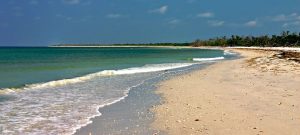 fish.)
fish.)
Visitors can enjoy day trips or stay overnight in one of twelve rustic cabins or thirty primitive campsites. There is a ranger station near the dock. There is also a small store that sells firewood and ice, but nothing else. 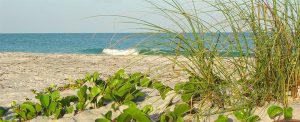 Visitors have to bring along whatever vittles and sundries they’ll need during their stay.
Visitors have to bring along whatever vittles and sundries they’ll need during their stay.
The island’s rustic ambiance enables visitors to replicate the experiences of the Native Americans 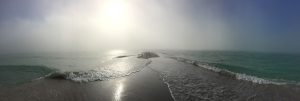 and early non-Native families who settled the island.
and early non-Native families who settled the island.
Originally, the island was part of the vast Calusa Indian empire. 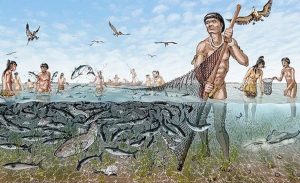 The Calusa thrived in South Florida from 500 to roughly 1700. From their capital on Mound Key, they ruled a nation that extended to Cape Canaveral in the northeast and the Florida Keys to the south. But due to Spanish colonization, enslavement and genocide, all traces of the once mighty Calusa have all but disappeared except in isolated portions of Cuba.
The Calusa thrived in South Florida from 500 to roughly 1700. From their capital on Mound Key, they ruled a nation that extended to Cape Canaveral in the northeast and the Florida Keys to the south. But due to Spanish colonization, enslavement and genocide, all traces of the once mighty Calusa have all but disappeared except in isolated portions of Cuba.
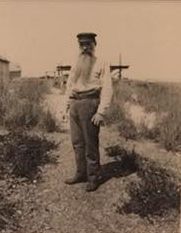 Cayo Costa’s first non-Native settlers arrived sometime after the end of the Civil War. Toribio “Captain Pappy” Padilla and his wife Laini “Juana” Peres Padilla were the first to make their way to the pristine but isolated island. (Toribio was from the Spanish Canary Islands; Juana was from Mexico and of Mayan lineage.) Other families joined the Padillas in the ensuing years, including the Colemans, Darnas and Spearings.
Cayo Costa’s first non-Native settlers arrived sometime after the end of the Civil War. Toribio “Captain Pappy” Padilla and his wife Laini “Juana” Peres Padilla were the first to make their way to the pristine but isolated island. (Toribio was from the Spanish Canary Islands; Juana was from Mexico and of Mayan lineage.) Other families joined the Padillas in the ensuing years, including the Colemans, Darnas and Spearings.
These families built “ranchos” on the island’s north end. From this base of operations, they’d catch fish in the estuaries, prepare them for trade with Cuban importers, neighbors on nearby islands and, eventually, to 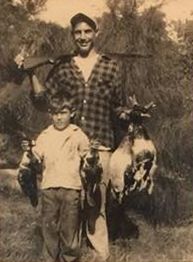 commercial fishing companies.
commercial fishing companies.
In his book, Fisherfolk of Charlotte Harbor, Florida, author Robert F. Edic credits Toribio with founding a fishery on Cayo Costa in the 1870s. Eventually, that fishery extended to Pine Island, where it helped support that island’s founding families.
At one point, the Padilla family was removed from the island for suspicion of running Cuban rum and cigars to Florida’s west coast.
Children worked alongside their parents from an early age and grew up with an understanding of the 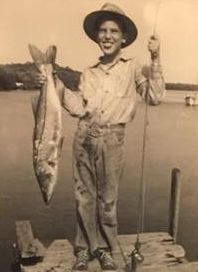 bounty of the island and the surrounding sea. In addition to fish, oysters and shrimp, they ate a lot of chicken, sea grapes, sea greens and the vegetables they were able to cultivate during winter and spring. Later on, families were able to order groceries from Punta Gorda and these were delivered on the run boats that picked up the fish.
bounty of the island and the surrounding sea. In addition to fish, oysters and shrimp, they ate a lot of chicken, sea grapes, sea greens and the vegetables they were able to cultivate during winter and spring. Later on, families were able to order groceries from Punta Gorda and these were delivered on the run boats that picked up the fish.
Beginning in the early 1930s, children from Cayo Costa and all the surrounding islands attended school on Punta Blanca Island to the east of the Cayo Costa State Park docks. They got there via a “School Boat.” Audubon bird charts, maps and paintings hung on the classroom walls. All the children 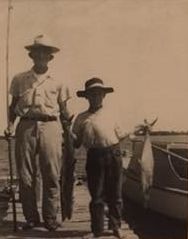 from first to eighth grade congregated in one room and the same teacher taught each grade in turns.
from first to eighth grade congregated in one room and the same teacher taught each grade in turns.
The school on Punta Blanca closed in 1949, when the last teacher left. At that point, many of Cayo Costa’s remaining families moved to Pine Island or Boca Grande so their children could continue their educations.
The net ban in 1995 changed the way of life for many families and although some still fish commercially, the majority of descendants have found other occupations, like guiding fisher folk who come to visit the area and fish in the beautiful waters surrounding the island.
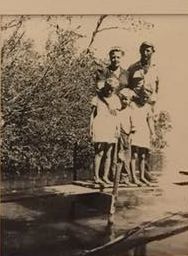 Today, 94% of the island is a public state park. It remains as pristine and untouched as it always has. There are no paved roads, electricity, or running water. The island only accessible by boat, but Captiva Cruises offers ferry service to the park from various locations in Fort Myers and Punta Gorda.
Today, 94% of the island is a public state park. It remains as pristine and untouched as it always has. There are no paved roads, electricity, or running water. The island only accessible by boat, but Captiva Cruises offers ferry service to the park from various locations in Fort Myers and Punta Gorda.
[Photos are from Cayo Costa Island A Pioneer Pictorial as posted on Friends of Cayo Costa State Park.]
March 21, 2018.
RELATED POSTS.
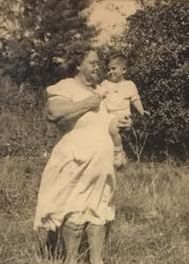 What’s Melissa wearing?
What’s Melissa wearing?- A gift, synchronicity, the designer and ‘The Dress’
- Red carpet gala celebrates film, filmmakers and film lovers
- About the 8th Annual Fort Myers Film Festival
- Fort Myers Film Festival to open with ‘Melody Makers’ rock doc
- Photographer Barrie Wentzell in the frame
- ‘Melody Makers’ director Leslie Ann Coles in the frame
- “What is Classic Rock’ is all about the music
- ‘Don’t Sell My Guitars’ love letter by filmmaker Lynn Montgomery to her dad
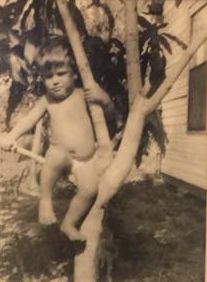 ‘The Maestro’ looks at post-World War II Hollywood film composers
‘The Maestro’ looks at post-World War II Hollywood film composers- The Maestro’s Mario Castelnuovo-Tedesco in the frame
- ‘Let It Shine: The Story of the Women’s March SLO’
- ‘Kids News’ a tribute to Naples’ Judy Lawrence
- Fort Myers Film Festival to screen sensational new Ruth Bader Ginsburg doc
- ‘RBG’ doc filmmakers Betsy West and Julie Cohen in the frame
- ‘NOA’ enigmatic film about the price of freedom
- ‘NOA’ filmmaker Angel Barroeta in the frame
- ‘NOA’ leading actor Hunter Hall in the frame
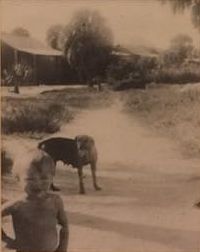 ‘GAUZE: Unravelling Global Healthcare’ takes fear out of falling ill abroad
‘GAUZE: Unravelling Global Healthcare’ takes fear out of falling ill abroad- ‘GAUZE’ filmmaker Suzanne Garber in the frame
- ‘Lost Springs’ documents one artist’s quest to capture Florida springs drowned by purposeless dam
- ‘Lost Springs’ filmmaker Matt Keene in the frame
- ‘Lost Springs’ artist Margaret Ross Tolbert in the frame
- Florida photographer Karen Glaser also focuses on North Florida springs
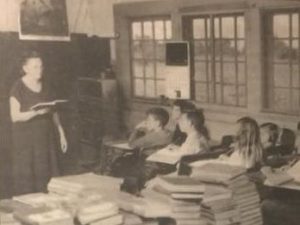 ‘Arcade Creek Project’ doc tells story of Cal high school students working to save dying ecosystem
‘Arcade Creek Project’ doc tells story of Cal high school students working to save dying ecosystem- ‘Arcade Creek Project’ filmmaker Jierel Almario in the frame
- Beautifully shot, ‘Carol’s Last Chance’ depicts soon-to-be father runnin’ against the wind
- ‘Carol’s Last Chance’ filmmaker Jordan Axelrod in the frame
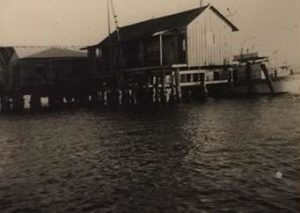 ‘Morning Light Seems the Brightest’ a short indie from talented newcomer Melina Valdez
‘Morning Light Seems the Brightest’ a short indie from talented newcomer Melina Valdez- ‘Boys School’ tells harrowing tale of 111 years of abuse, rape and murder
- ‘Boys School’ writer and director Ric Acevedo in the frame
- ‘The Age of Imitation’ explores desire, delusion and the naivety of millennial artistic ego
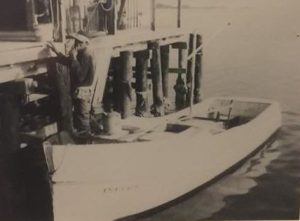 ‘Full Circle’ documents NFL receiver Anquan Boldin’s efforts to help those in need
‘Full Circle’ documents NFL receiver Anquan Boldin’s efforts to help those in need- ‘Our New President’ revisits Trump’s election and fake news – from Russia’s perspective
- ‘Our New President’ filmmaker Maxim Pozdorovkin in the frame
- ‘Mullet and Mangroves’ to be shown on lawn at Ford Estates Friday night














 Tom Hall is both an amateur artist and aspiring novelist who writes art quest thrillers. He is in the final stages of completing his debut novel titled "Art Detective," a story that fictionalizes the discovery of the fabled billion-dollar Impressionist collection of Parisian art dealer Josse Bernheim-Jeune, thought by many to have perished during World War II when the collection's hiding place, Castle de Rastignac in southern France, was destroyed by the Wehrmacht in reprisal for attacks made by members of the Resistance operating in the area. A former tax attorney, Tom holds a bachelor's degree as well as both a juris doctorate and masters of laws in taxation from the University of Florida. Tom lives in Estero, Florida with his fiancee, Connie, and their four cats.
Tom Hall is both an amateur artist and aspiring novelist who writes art quest thrillers. He is in the final stages of completing his debut novel titled "Art Detective," a story that fictionalizes the discovery of the fabled billion-dollar Impressionist collection of Parisian art dealer Josse Bernheim-Jeune, thought by many to have perished during World War II when the collection's hiding place, Castle de Rastignac in southern France, was destroyed by the Wehrmacht in reprisal for attacks made by members of the Resistance operating in the area. A former tax attorney, Tom holds a bachelor's degree as well as both a juris doctorate and masters of laws in taxation from the University of Florida. Tom lives in Estero, Florida with his fiancee, Connie, and their four cats.